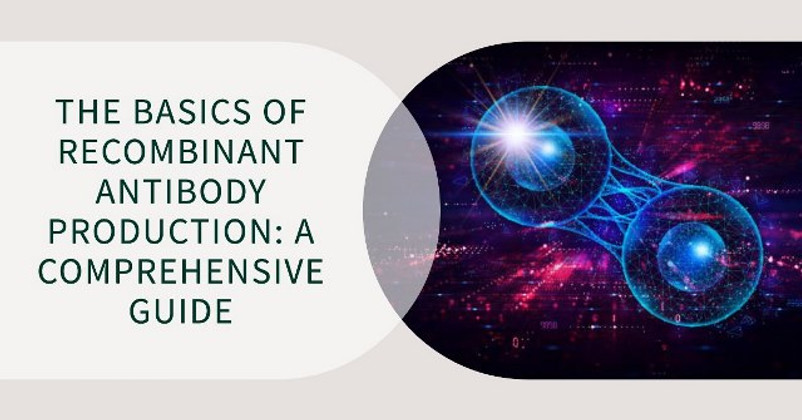The Basics of Recombinant Antibody Production: A Comprehensive Guide
Aug 28th 2023
Antibodies are consistently one of the most successful therapeutic classes on the global pharmaceutical market. Therapeutic options for acute and chronic conditions have been greatly expanded thanks to the development of antibody engineering and recombinant production. They also provide helpful diagnostic and prognostic tools for a wide range of illnesses. The original generation of diagnostic reagents relied on antibodies isolated from biological materials like animal blood.
Science and research have made great strides in recent years toward mass-producing protein-based molecules like antibodies and their recombinant counterparts.
This article explores the fundamental steps involved in recombinant antibody production.
But first, we need to understand antibodies better before we can move on to discussing recombinant antibodies.
What are Antibodies?
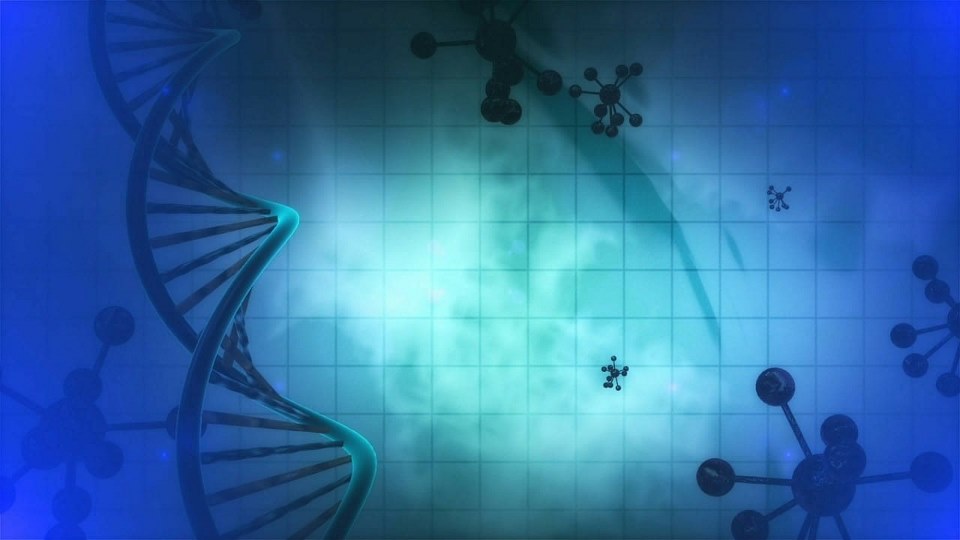
Antibodies are typically Y-shaped immunoglobulins. They are proteins of the peptide class produced by B cells, specifically the plasma cells. To put it simply, antibodies' role in the immune system is to help manage and eliminate infections and support immune responses.
They can defend us from illness and poisoning through antibody mechanisms such as agonism, antagonism, or cell death via ADCC, ADCP, CDC, apoptotic PCD, or lysosomal-related PCD.
Because of the strong affinity and specificity shared by antibodies and antigens, Abs have been created as critical tools frequently employed in research investigations.
In1941, Harvard researchers Albert Coons, Hugh Creech, and Norman Jones released the first article documenting the application of antibodies in the lab. They tried fluorescently labeling a rabbit antibody against pneumococci type III to be used for tissue immunostaining.
Antibodies have come a long way after those early days of research and are now used in various tests.
Researchers and doctors now use three primary categories of antibodies: monoclonals, polyclonals, and recombinant antibodies. The specific application determines the benefits and drawbacks of each antibody class.
What Are Recombinant Antibodies?
Recombinant antibodies are fragments produced through recombinant antibody coding genes as starting points and display technology, resulting in excellent repeatability, scalability, and specificity. In terms of recombinant antibodies vs. monoclonal antibodies, only synthetic genes are required in creating rAbs, in contrast to using hybridomas and animals for synthesizing monoclonal antibodies (mAbs).
They are commonly called rAbs and, like monoclonal antibodies, exhibit mono-specific affinity to a single epitope. However, they are produced in vitro, starting at the genetic level. Synthetic genes encoding the antibody of interest are generated via molecular biology procedures and injected into cell lines.
From 1984, after Morisson SL. and Neuberger MS. replicated Ig genes using hybridomas to alter them in vitro, scientists have successfully created several recombinant antibodies, ushering in an era of recombinant proteins. They successfully expressed the first synthetic antibody, the first recombinant form of antibodies.
Several significant steps forward were made possible by improvements in recombinant technology, which led to the large-scale synthesis of recombinant antibodies. Recombinant DNA technology allows creating and cloning custom-made genes into mammalian cells. These cells then make antibodies with quality and consistency that have never been seen before.
Recombinant Antibody Production
As earlier stated, most immunoglobulin isotypes, including IgG, have a Y shape with two heavy chains and two light chains connected via disulfide connections. Each link in the chain consists of a constant section and a variable section.
For B cells to readily detect a specific target antigen, the variable region must first undergo somatic mutation. To produce recombinant Abs, Ig genes need to be cloned from preexisting hybridomas or from vaccinated animals (from which B cells or plasma cells can be employed as a source), produced in an organism, and evaluated.
Once a sequence suitable for production has been identified, a high-throughput expression system can generate a substantial amount of the target recombinant antibody. This is recombinant and custom antibody production in a nutshell.
But as you might have guessed, the process is more complicated, so let's dive deeper.
So, what is recombinant antibody production?
Recombinant antibody synthesis is a method of producing particular antibodies in vitro via genetic engineering. This process typically uses genes from many sources, frequently taken from the B cells of a donor creature that has received an immunization. Combining hybrid antibodies with distinctive qualities can subsequently be created following cloning these genes.
Steps Involved in Recombinant Antibody Production
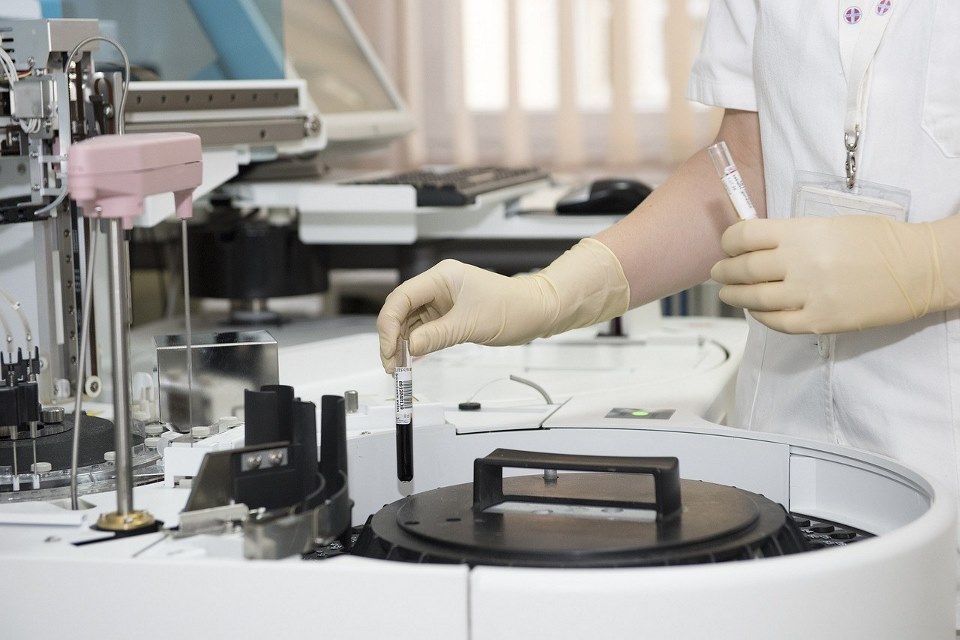
The synthesis of recombinant antibodies requires several different steps. These antibody production steps usually involve the following:
Detecting the Antigen of Interest
The initial stage in creating recombinant antibodies is determining the antigen the antibody will be engineered to detect and bind to.
Creating a Library of Antibodies
An antibody library is produced following the discovery of the target antigen. This library comprises a variety of fab fragments, each with a distinct sequence that can identify the target antigen.
Antibody Screening
The antibody library is then screened to locate the fragments with a specific binding affinity for the target antigen. This is attainable through methods like yeast surface or phage display.
Engineering and Optimization of Antibodies
After identifying the antibodies, they can be modified and improved to become more stable, specific, and sensitive to their designated antigen. Methods such as antibody fusion and site-directed mutagenesis can help accomplish this goal.
Antibody Expression and Purification
The last steps in making recombinant antibodies are to generate the recombinant antibodies and purify them so they can be used for different applications. This can be accomplished through bacterial, or mammalian cell expression systems and purification methods derived from chromatography.
Manufacturing of Recombinant Antibodies at an Industrial Scale
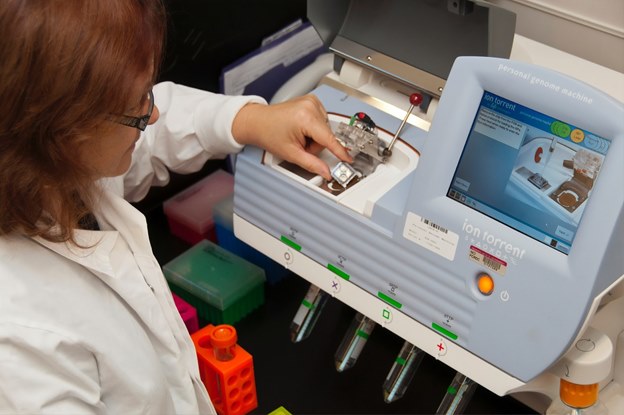
Once the optimal Ab sequence has been determined, this clone can be expanded to generate substantial quantities.
This usually involves cultivating vast numbers of cells that have been genetically manipulated to produce the necessary antibodies, examples being Human Embryonic Kidney 293 (HEK293) and Chinese hamster ovary (CHO) cells.
Given their outstanding ability for post-translational modifications, essential for adequately folding and activating antibodies, HEK293 and CHO cells have an advantage over alternative host cells, like yeasts and E. coli. This advantage can be used to the researcher's advantage.
In general, the expression systems are simple, uncomplicated cell systems to scale up. However, Ab secretion arrest can occur during the mass synthesis of recombinant antibodies if the culture medium is not carefully managed. The purification phase is also crucial, mainly if the antibody is intended to be employed in a clinical setting.
Improving binding properties and elution profiles by using specialized chromatography resins is possible. In addition, the Ab sequence can be modified to express a marker that facilitates the purification procedure.
In the subsequent sections, you'll find more information about the expression method, antibody engineering, and optimization.
Expression of Recombinant Antibodies
Expression of recombinant antibodies is feasible in many different systems, such as bacteria, yeast, and the cells of mammalian organisms. The selection of expression systems hinges on specific criteria, including the format of the desired antibody, the amount of protein it has, and any required changes necessary after production. When synthesizing antibodies, the plasmids utilized can affect how the final product is expressed and purified.
Animal Expression Systems
To generate antibodies that need intricate post-translational modifications, including glycosylation, mammalian expression systems, like HEK293 or Chinese hamster ovary (CHO) cells, are favored cell lines.
These systems are the most similar to the human body, and the antibodies they produce are highly active and stable. While superior in yield, mammalian expression systems are more labor-intensive and costly than their bacterial and yeast counterparts.
Bacterial Expression Systems
Bacterial expression systems like those found in Escherichia coli (E.coli) are typically employed to manufacture recombinant antibodies. These setups have some benefits, including low prices, excellent output, and simplicity of use. Yet, antibodies that need post-translational modifications like glycosylation might not be produced effectively using bacterial expression platforms.
Yeast Expression Systems
Recombinant antibodies are frequently made using yeast expression systems, including Saccharomyces cerevisiae. These systems can perform post-translational modifications, like the creation of disulfide bonds, and they provide greater expression yields than bacterial systems. Nevertheless, complicated glycosylation sequences may be too tricky for yeast systems to handle during antibody synthesis.
Stable And Transient Stable Recombinant Antibody Expression
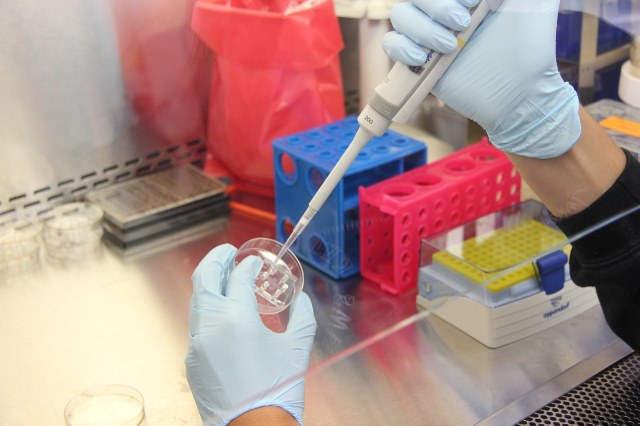
In cells, recombinant antibodies can be expressed temporarily or permanently, depending on the circumstances. During transient antibody expression, the antibody gene is introduced into cells briefly, often using a viral vector, and the produced protein is harvested following a few days. This process is known as transient antibody expression.
Although this approach is quicker and less complicated, the resulting expression levels are lower. Integration of the antibody gene into the host cell genome is required for stable expression, which leads to better expression yields and results in a more extended waiting period and a more complicated production method.
Post-expression Processing
Purification and characterization are two of the many additional processing stages that may be necessary for recombinant antibodies once they have been expressed. Chromatography, ultrafiltration, and precipitation are only a few of the purification techniques available.
On the other hand, methods including enzyme-linked immunosorbent assay (ELISA), Western blotting (WB), and flow cytometry (FC) are commonly used during antibody characterization.
Different Kinds of Recombinant Antibodies
Fab, single-chain variable fragment (scfv), and single-domain antibody (sdab) are the three most frequent forms of recombinant antibody fragments.
Fab fragment was first thought of as one of the things that happened when rabbit IgG was treated with papain, which breaks the core hinge and makes two identical fab fragments and an unbroken Fc.
The Fab fragment's molecular mass is less than 50 kilodaltons. An F(ab')2 fragment is produced when the non-specific protease pepsin breaks the hinge area under the first disulfide link.
The F(ab')2 fragment is approximately 100 kDa. There are four distinct regions within the Fab:
Fab, single-chain variable fragment (scfv), and single-domain antibody (sdab) are the three most frequent forms of recombinant antibody fragments.
The VH and VL regions of an antibody's coding structure are combined into a single gene to create single-chain fragment variable (scfv) entities. Using a versatile peptide linker, the generated polypeptides were assembled into functional antigen-binding sites by connecting the variable light (VH) and heavy chain (VH) domains.
This process produced polypeptides containing variable light and heavy chain sections. The binder technology is essential to successfully constructing a scfv antibody library. Scfvs have been created not just as potential therapeutic candidates in their own right but also as components or domains of other potential medication candidates.
Single-domain antibodies (sdAbs) with a single VH domain and no paired VL domain connected to a constant region were found in camelids and nurse sharks. When compared to scFvs, the primary advantages of recombinant antibodies of this class are that they commonly fold and stay together better, don't have a linker, and are smaller.
Who Provides Recombinant Production Services?
Experts in recombinant antibody production have the resources and knowledge to speed up and improve the quality of antibody expression. As a result, multitudes of businesses choose to contract their production needs to these recombinant antibodies and protein expression services.
To create a monoclonal antibody, scientists must first identify the target antigen. Factors such as these can significantly affect whether antibodies are effective:
Conclusion
Several factors, including rising treatment demand, technological advancements, and the search for cheaper and more effective manufacturing techniques, are expected to shape the next phase of recombinant antibody production.
This sector is expected to continue to grow and advance, thereby presenting new possibilities for producing treatments that are both more effective and more easily accessible, and antibody engineering services will play a crucial role in these developments.
Biomatik is a reputable provider of individualized services specializing in antibody engineering and has years of relevant industry experience. We've worked hard for decades and expanded our services to multiple new nations. In addition to delivering recombinant antibody products, we offer antibody sequencing and expression services, peptide synthesis, gene synthesis, and Elisa kits.

